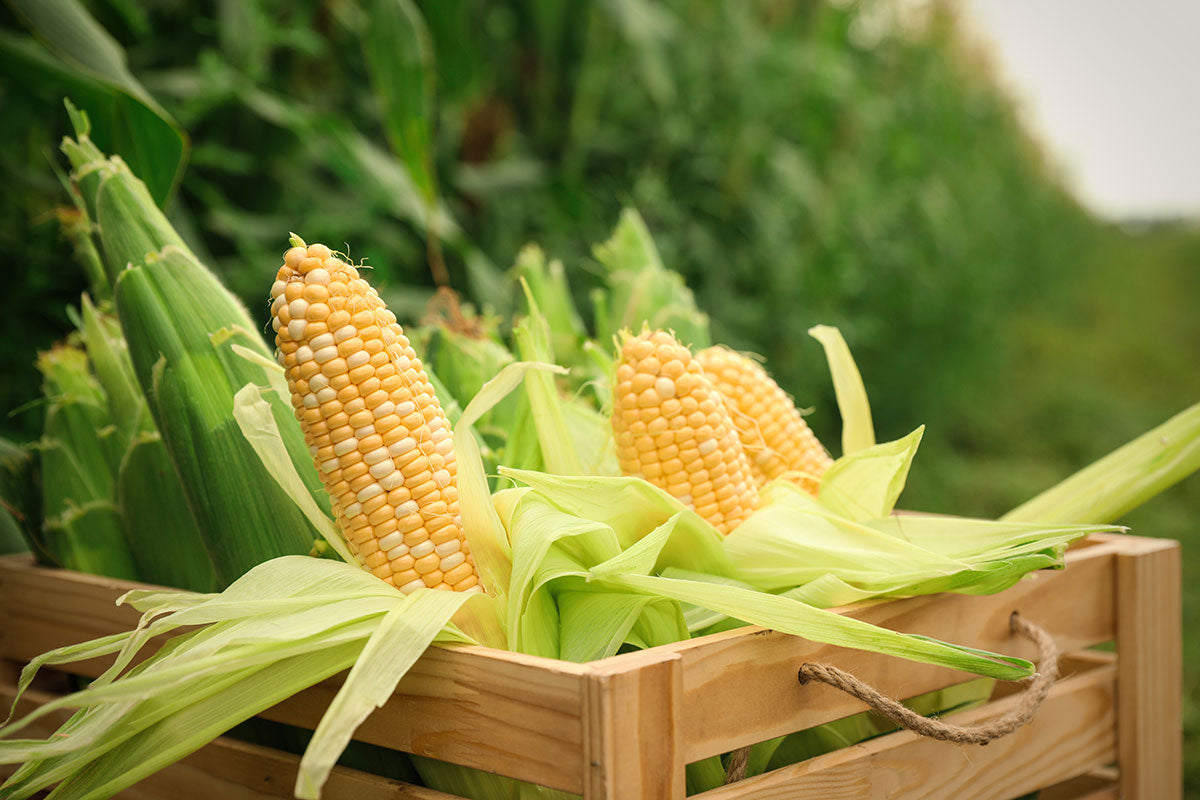
10 Tips & Tid-bits on How to Grow Sweet Corn from Seeds
Growing your own corn is a matter of personal taste, common sense, and great advice from expert farming and gardening pros at Rohrer Seeds. They have experience and know-how and will answer your questions about planting, fertilizing, watering, and the best type of sweet corn for your land. Check out some tips, tricks, and fun facts about growing your own sweet corn:
- Planting corn too early (when there could be frost) or too late (during the drier dog days of summer) will affect the growth and sweetness of your corn. 60-65 degrees is the optimal soil temperature for planting most sweet corn varieties.
- Did you know that corn is a member of the grass family?
- Optimal sweet corn harvests are July and August, sometimes through September with good weather conditions.
- Watering corn through the summer is as important as proper fertilizer.
- Tilling and adding compost to the soil base in the weeks before planting adds nutrients. This is also a good time to have soil tested, choose your seeds, and set up watering and fertilizing plans.
- For heavy clay soils, the planting depth may be as shallow as 1 inch. For less dense soil and sandy areas, corn seeds should be planted to a depth of about 2 inches.
- In tight garden spaces, corn may be planted in hills, with 4-5 seeds spaced between 2 and 3 inches apart. Corn rows and/or corn hills should be spaced 2-3 feet apart for the best absorption of water and nutrients.
- Some gardeners swear by soaking seeds in warm water right before planting to encourage faster germination. You can let them soak for several hours, but not too long or they could rot.
- There are quite a number of sweet corn varieties, including white, yellow, and bicolor. There are also varying degrees of sweetness with standard sweet corn (8-18% sugar), sugar-enhanced (20-25% sugar up to 40% sugar), and supersweet corn (with 45-55% sugar), with the latter having the longest shelf life before the sugar in the kernels turns to starch.
- It is important to keep sweet corn varieties from cross-pollinating because the kernels will become hard and starchy, like feed or field corn. However, sweet corn pollinates by wind, so planting several rows of the same kind will facilitate proper pollination and strengthen the entire crop.
- Corn loves the sun, and as the stalks reach high, staking can keep the developing cobs healthy and off the ground.




Leave a comment